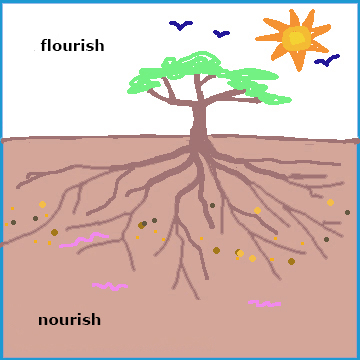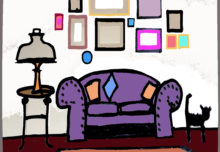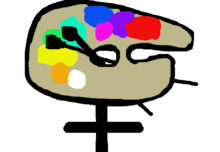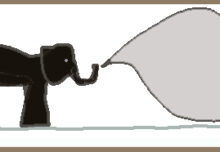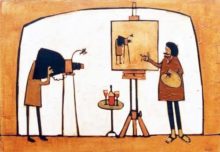*** SELF ONE – SELF TWO ***
…There is a phrase that we sometimes hear on the lips of sport coaches, ‘Self-one versus Self-two’.
Self 1 and Self 2
S1 is the necessary learned procedure for doing something. It becomes a subconscious memory of an authority that dominates our mental process. As an example in golf or tennis, S1 is the ‘learned procedure’ for each time the sports person gets ready to make a stroke. S1 nourishes and feeds S2.
We have S2 as a second mind-state where we actually do something. S2 has a mind of its own and can perform the job better once our S1 subconscious memory stops interfering.
A good coach will help the player subdue S1 and find S2.
Ego, Super Ego, and Id.
‘Self One and Self Two’ refers to a psychological concept that is similar to ‘Ego, Super-ego and Id’.
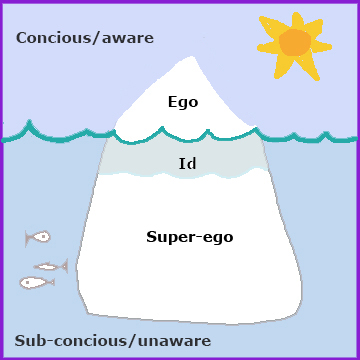
This Freudian idea is more complex than, S1 and S2. The Id is the primitive instinctual part of the mind that contains sexual and aggressive drives and hidden memories. The Super-ego operates as a moral conscience, and the Ego is the realistic bit that operates between the desires of the Id and Super-ego. Phew!
In the art world.
But how does all this apply to us here in the art-world? What happens in an artist’s studio or at an art exhibition?
S1 and S2 in the studio…
As a full-time professional artist for 60 years I am beginning to get the idea of how this affects my output.
Artists make art consciously and unconsciously. My S1 keeps me aware of practical things like how long it takes, what it costs, and practical feedback from dealers, publishers, and sometimes reactions from my customers.
But if I can allow S2 to flourish I can make, and share, a better art. When we get in the zone the creative action and reward of creating something is wonderful. Most artists experience this. The joy of making art is a great example of our S2.
Id, Ego and Superego in the studio…
Id is directed by the pleasure principle, which strives to satisfy unconscious drives, needs and wishes. It is sometimes similar to S2.
Ego deals with reality and allows impulses of Id in an appropriate time and place. A sensible balanced approach.
Superego is a part of the mind that develops in our childhood after the age of 5. Superego tries to perfect and civilize our behaviour. In addition it tries to suppress the unacceptable impulses of Id, and tries to behave according to ideal standards instead of reality principle of Ego. This is the bit of the mind that often controls people’s behaviour and why most people don’t do any art after they leave school.
A conclusion.
Obviously artists have to be practical and do sensible things, but when they are making art they are accessing their Id and S2. Artists have retained a bit of the joy of being alive and creative that we all experienced at playtime in our childhood.
Whereas, this is so often a distant subconscious memory for many others in society. The pressures of modern living mean that only a few of us make art.
We artists are the lucky ones.
But it is even better than that. Art lovers are the lucky ones as well. They enjoy the art that is made. They also support and encourage others to make art. They share this creativity.
Lets all feel sorry for all those poor S1 Super-ego dominated folk who don’t.
••••••••••••••••••••••••••••••••••••••••••••••••••••

